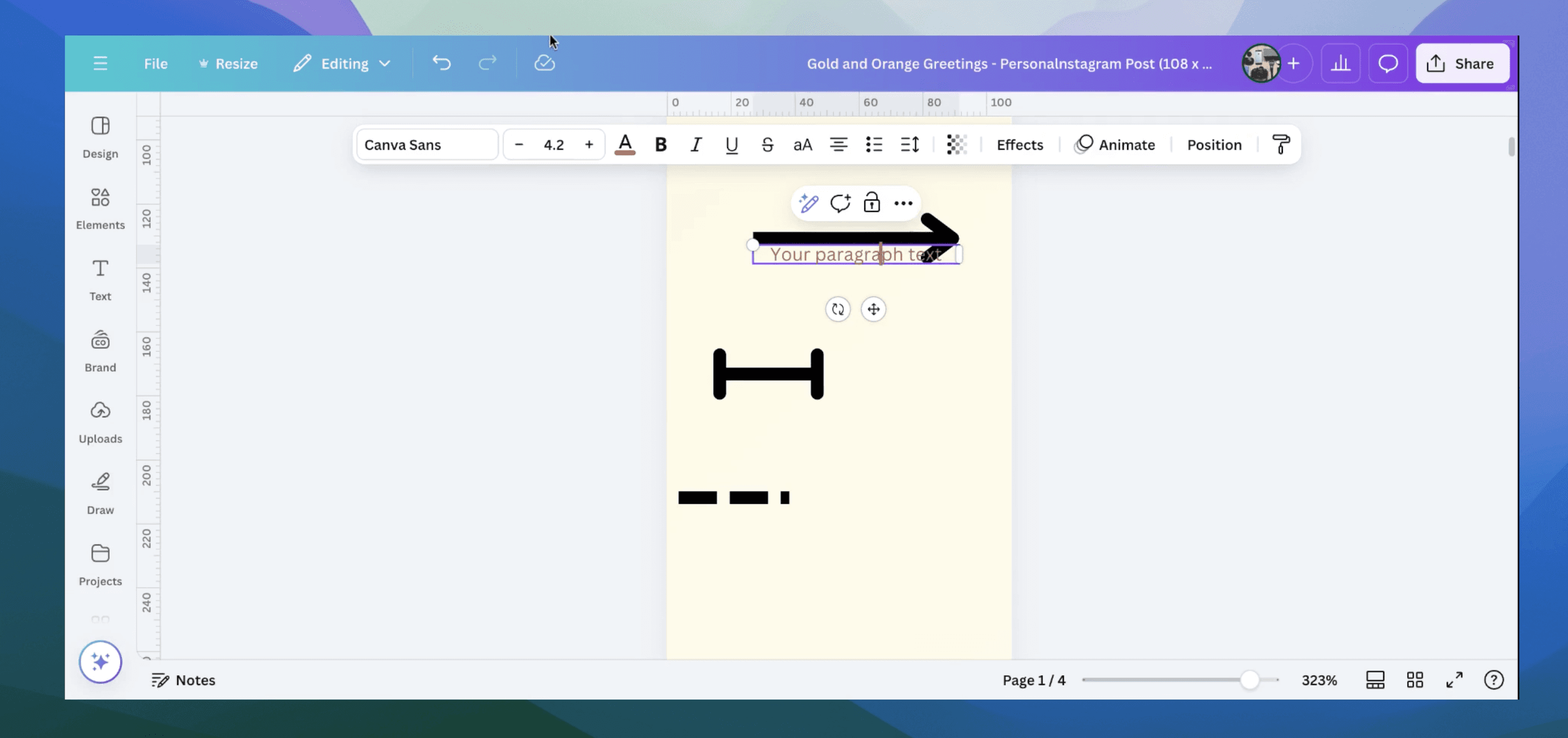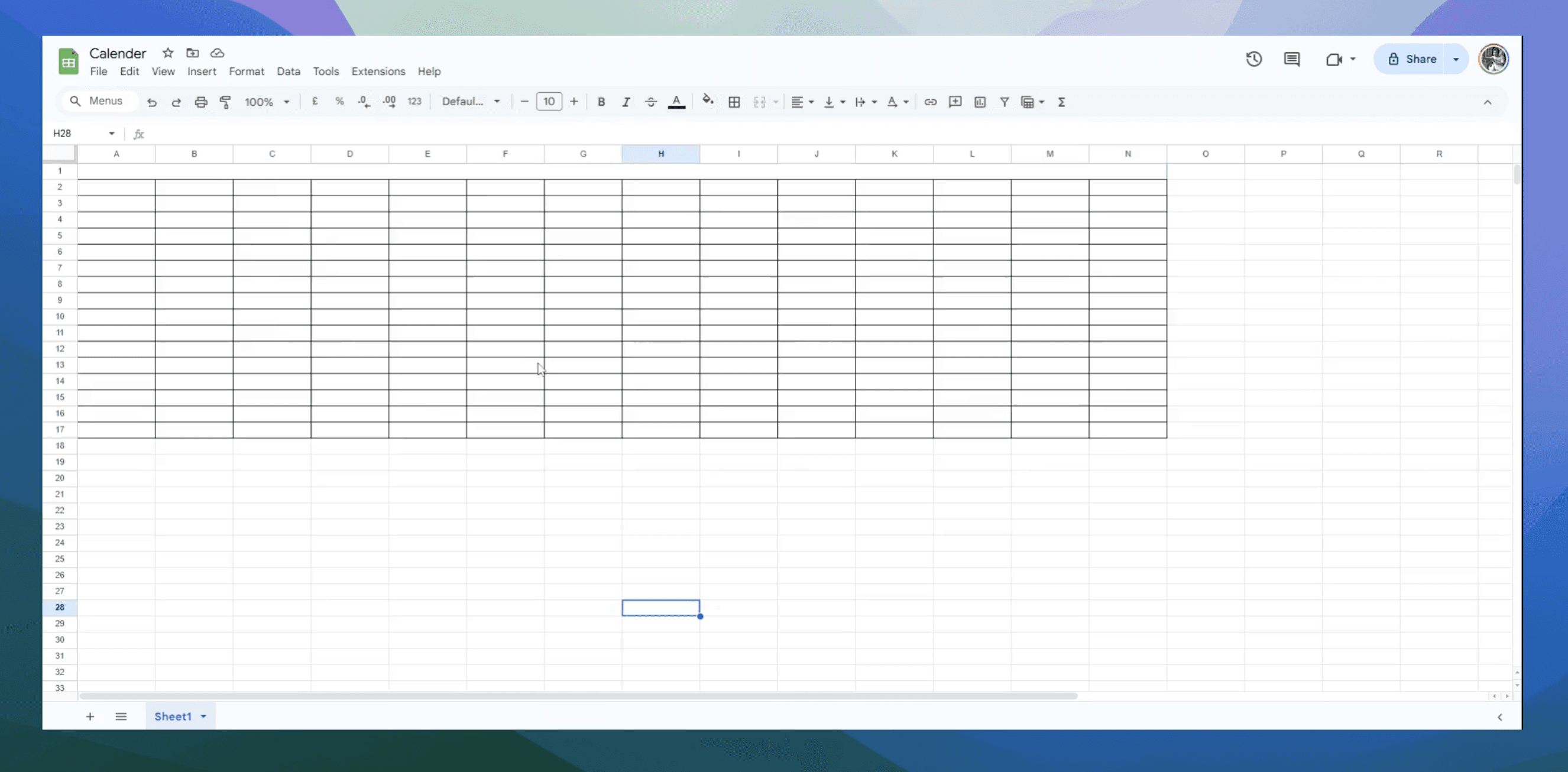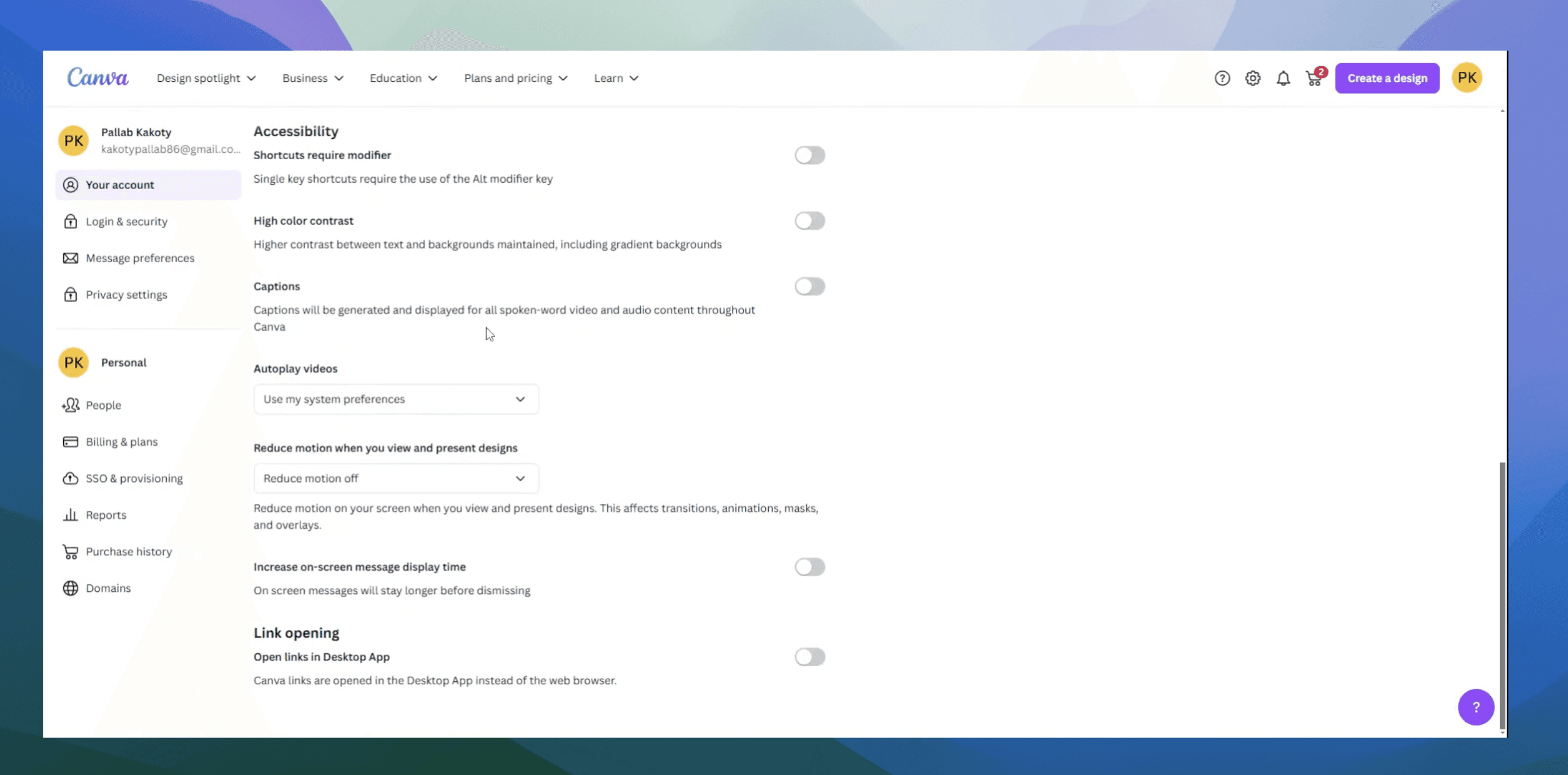VIDEO AND GUIDE MADE IN TRUPEER IN 2 MINUTES
how to make table in google sheets
how to make table in google sheets
how to make table in google sheets
This document outlines the steps to create graphs using population data. The guide is designed to help you select different types of charts to visualize data effectively, using a dataset of city-wise population in India.
Step 1
Begin by watching the video tutorial, which will guide you in creating graph machines. A list of the population is provided.
Next, select the cell corresponding to the city-wise population data in millions within India. Navigate to the right-hand side to find the "Insert Chart" option. Select this option to proceed with choosing a chart type.

Step 2
You will have the option to choose from various types of charts, such as a pie chart. Select the data range you wish to use for the chart, specifying the starting and ending points.Label the chart appropriately with categories like "City" and "Population." This helps in clearly displaying the relationship between city names and their population figures.

Step 3
Explore additional chart types such as line charts. Select the type that best represents your data and preferences.so thats how to create graphs in a sheets.

Step 4
Review the chart to ensure that all labels are correct and that it accurately represents your data. With this, you have successfully prepared a chart using the spreadsheet software. Thank you for following along.

Pro tips for creating graphs in a Google Sheet
Select your data properly: Highlight the data you want to visualize, including both labels and numbers. Then, go to Insert > Chart to let Google Sheets automatically create a chart based on your data.
Customize your chart: Once the chart is created, you can fine-tune the graph by clicking on the chart, then selecting the Chart Editor panel on the right. Here, you can change chart type, axis labels, and colors to make your graph more readable.
Use different chart types: Depending on the type of data, you may want to use different graph styles. Use line graphs for trends, bar graphs for comparisons, and pie charts for parts of a whole. You can change the chart type in the Chart Editor under the "Setup" tab.
Common pitfalls and how to avoid them for creating graphs in a Google Sheet
Missing data labels: Not including labels for your data can make the graph unclear. Fix: Always ensure your rows/columns include clear headings or labels.
Wrong chart type: Selecting the wrong chart type can confuse the message you're trying to convey. Fix: Always choose a chart type that fits the data you're representing, like line graphs for trends or pie charts for proportions.
Inconsistent data range: Sometimes, graphs fail to capture all the necessary data if you select an incorrect range. Fix: Double-check that your data range includes all relevant rows and columns before creating the chart.
Common FAQs for creating graphs in a Google Sheet
How do I change the chart type in Google Sheets? After selecting your chart, go to the Chart Editor and click on the "Chart Type" dropdown to choose from various chart options like bar, line, or pie.
Can I add titles and labels to my chart? Yes, you can add and edit titles and axis labels under the Chart Editor > Customize tab.
Why is my graph not displaying correctly? This could be due to incorrect data range or a mismatch between the data type and the chart. Fix: Check the data range and ensure the values match the selected chart type.
Thank you for using this guide for creating graphs in a sheet!
This document outlines the steps to create graphs using population data. The guide is designed to help you select different types of charts to visualize data effectively, using a dataset of city-wise population in India.
Step 1
Begin by watching the video tutorial, which will guide you in creating graph machines. A list of the population is provided.
Next, select the cell corresponding to the city-wise population data in millions within India. Navigate to the right-hand side to find the "Insert Chart" option. Select this option to proceed with choosing a chart type.

Step 2
You will have the option to choose from various types of charts, such as a pie chart. Select the data range you wish to use for the chart, specifying the starting and ending points.Label the chart appropriately with categories like "City" and "Population." This helps in clearly displaying the relationship between city names and their population figures.

Step 3
Explore additional chart types such as line charts. Select the type that best represents your data and preferences.so thats how to create graphs in a sheets.

Step 4
Review the chart to ensure that all labels are correct and that it accurately represents your data. With this, you have successfully prepared a chart using the spreadsheet software. Thank you for following along.

Pro tips for creating graphs in a Google Sheet
Select your data properly: Highlight the data you want to visualize, including both labels and numbers. Then, go to Insert > Chart to let Google Sheets automatically create a chart based on your data.
Customize your chart: Once the chart is created, you can fine-tune the graph by clicking on the chart, then selecting the Chart Editor panel on the right. Here, you can change chart type, axis labels, and colors to make your graph more readable.
Use different chart types: Depending on the type of data, you may want to use different graph styles. Use line graphs for trends, bar graphs for comparisons, and pie charts for parts of a whole. You can change the chart type in the Chart Editor under the "Setup" tab.
Common pitfalls and how to avoid them for creating graphs in a Google Sheet
Missing data labels: Not including labels for your data can make the graph unclear. Fix: Always ensure your rows/columns include clear headings or labels.
Wrong chart type: Selecting the wrong chart type can confuse the message you're trying to convey. Fix: Always choose a chart type that fits the data you're representing, like line graphs for trends or pie charts for proportions.
Inconsistent data range: Sometimes, graphs fail to capture all the necessary data if you select an incorrect range. Fix: Double-check that your data range includes all relevant rows and columns before creating the chart.
Common FAQs for creating graphs in a Google Sheet
How do I change the chart type in Google Sheets? After selecting your chart, go to the Chart Editor and click on the "Chart Type" dropdown to choose from various chart options like bar, line, or pie.
Can I add titles and labels to my chart? Yes, you can add and edit titles and axis labels under the Chart Editor > Customize tab.
Why is my graph not displaying correctly? This could be due to incorrect data range or a mismatch between the data type and the chart. Fix: Check the data range and ensure the values match the selected chart type.
Thank you for using this guide for creating graphs in a sheet!
Explore similar articles
Explore similar articles
Explore similar articles



Explain how to show ruler in Canva
Explain how to show ruler in Canva
Explain how to show ruler in Canva
Canva
Canva
Canva



How to add calendar in Google Sheets
How to add calendar in Google Sheets
How to add calendar in Google Sheets
Google Sheets
Google Sheets
Google Sheets



How to add captions in Canva
How to add captions in Canva
How to add captions in Canva
Canva
Canva
Canva
Experience the new way of creating product content.
Start creating for free
Experience the new way of creating product content.
Start creating for free
Experience the new way of creating product content.
Start creating for free
Resources
© 2025 – Trupeer
Resources
© 2025 – Trupeer